

| Cruise Region : Europe |
| Company : Viva Cruises |
| Ship : VIVA TWO |
| Journey Start : Sun 31 Aug 2025 |
| Journey End : Thu 11 Sep 2025 |
| Count Nights : 11 nights |
| Day | Date | Port | Arrival | Departure |
|---|---|---|---|---|
| 1 | 31.08 Sun | Passau / Germany | 15:00 | |
| 2 | 1.09 Mon | Bratislava / Slovakia | 15:00 | 19:30 |
| 3 | 2.09 Tue | Aljmas | 20:00 | 21:00 |
| 4 | 3.09 Wed | Belgrade / Serbia | 08:00 | 22:00 |
| 5 | 4.09 Thu | Donji Milanovac / Serbia | 10:30 | 12:30 |
| 5 | 4.09 Thu | Golubac / Serbia | 16:30 | 18:00 |
| 6 | 5.09 Fri | Novi Sad / Serbia | 09:00 | 16:00 |
| 6 | 5.09 Fri | Vukovar / Croatia | 21:30 | 22:00 |
| 7 | 6.09 Sat | Kalocsa / Hungary | 12:00 | 18:00 |
| 8 | 7.09 Sun | Budapest / Hungary | 08:30 | |
| 9 | 8.09 Mon | Esztergom / Hungary | 08:30 | 12:00 |
| 9 | 8.09 Mon | Budapest / Hungary | 03:30 | |
| 10 | 9.09 Tue | Vienna / Austria | 09:00 | 23:30 |
| 11 | 10.09 Wed | Dürnstein / Austria | 08:00 | 08:30 |
| 11 | 10.09 Wed | Melk / Austria | 11:30 | 14:00 |
| 12 | 11.09 Thu | Passau / Germany | 08:00 |
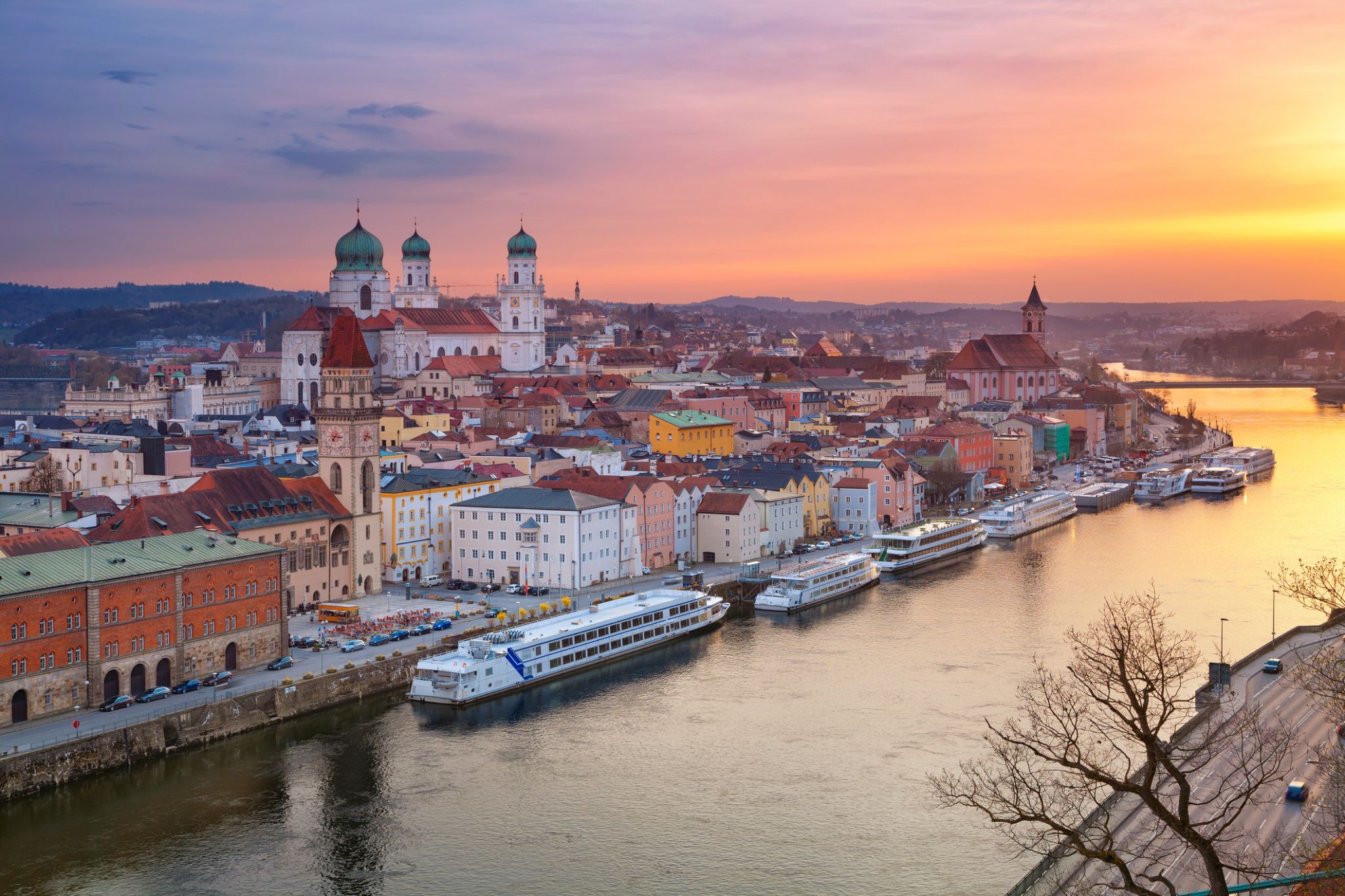
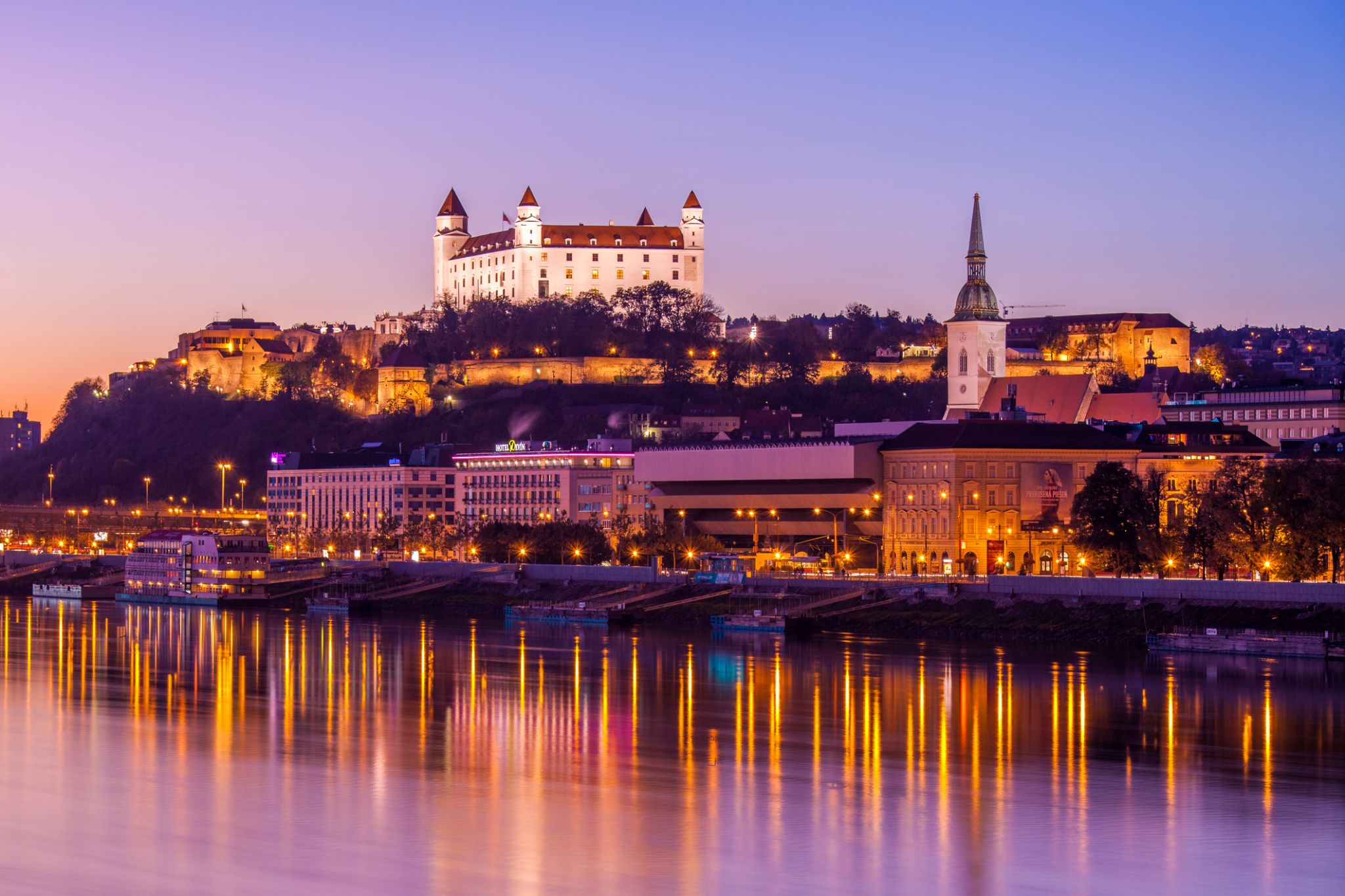
Bratislava is the capital of Slovakia. With a population of about 425,000, it is one of the smaller capitals of Europe but still the country's largest city. The greater metropolitan area is home to more than 650,000 people. Bratislava is in southwestern Slovakia, occupying both banks of the River Danube and the left bank of the River Morava. Bordering Austria and Hungary, it is the only national capital that borders two sovereign states.
The city's history has been strongly influenced by people of different nations and religions, namely (in alphabetical order) Austrians, Bulgarians, Croats, Czechs, Germans, Hungarians, Jews, Serbs and Slovaks. It was the coronation site and legislative center of the Kingdom of Hungary from 1536 to 1783, and has been home to many Slovak, Hungarian and German historical figures.
Bratislava is the political, cultural and economic centre of Slovakia. It is the seat of the Slovak president, the parliamentand the Slovak Executive. It has several universities, and many museums, theatres, galleries and other cultural and educational institutions. Many of Slovakia's large businesses and financial institutions have headquarters there.
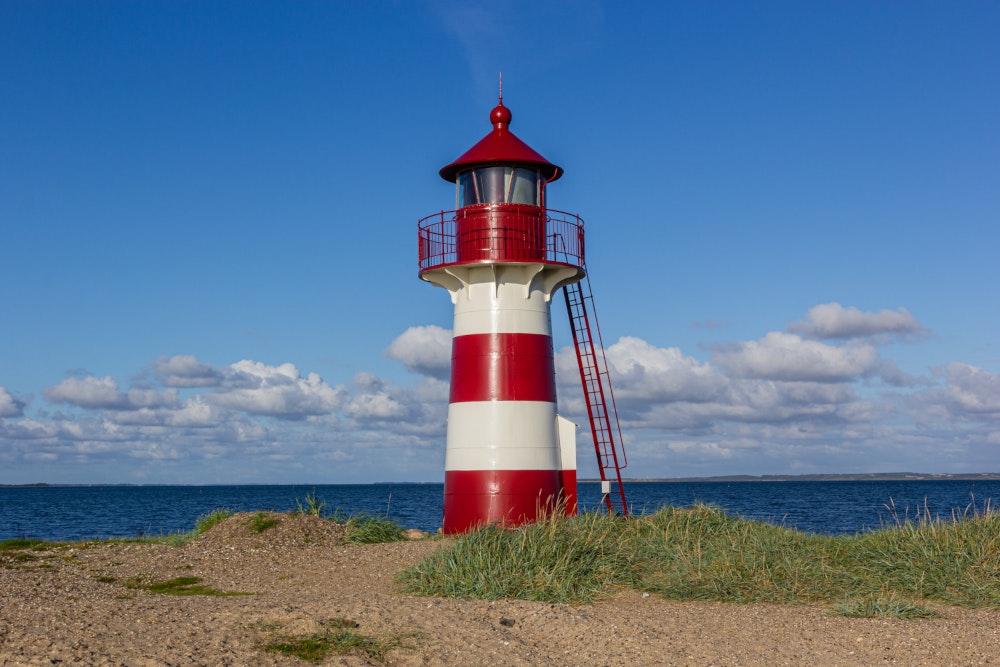
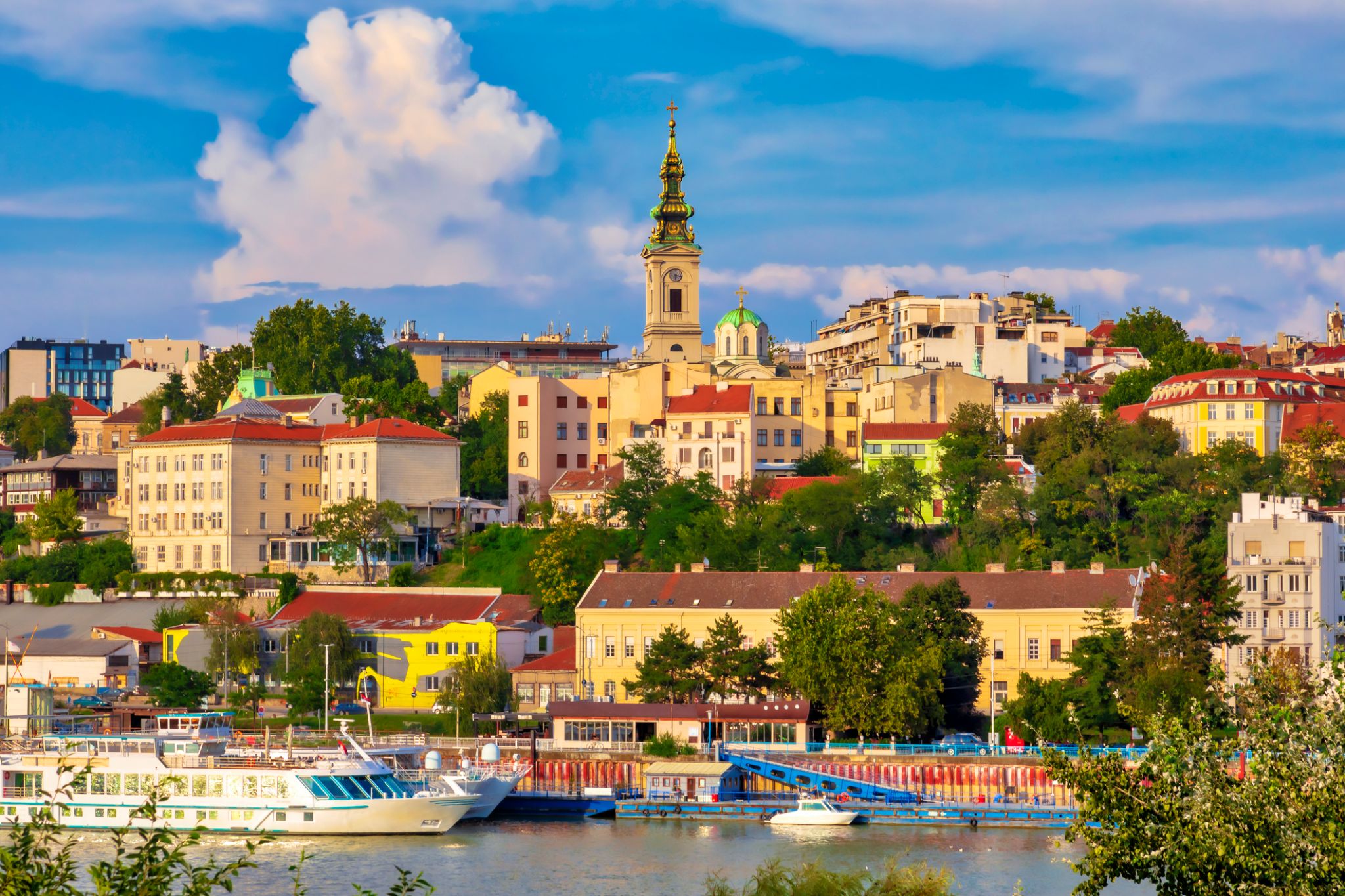
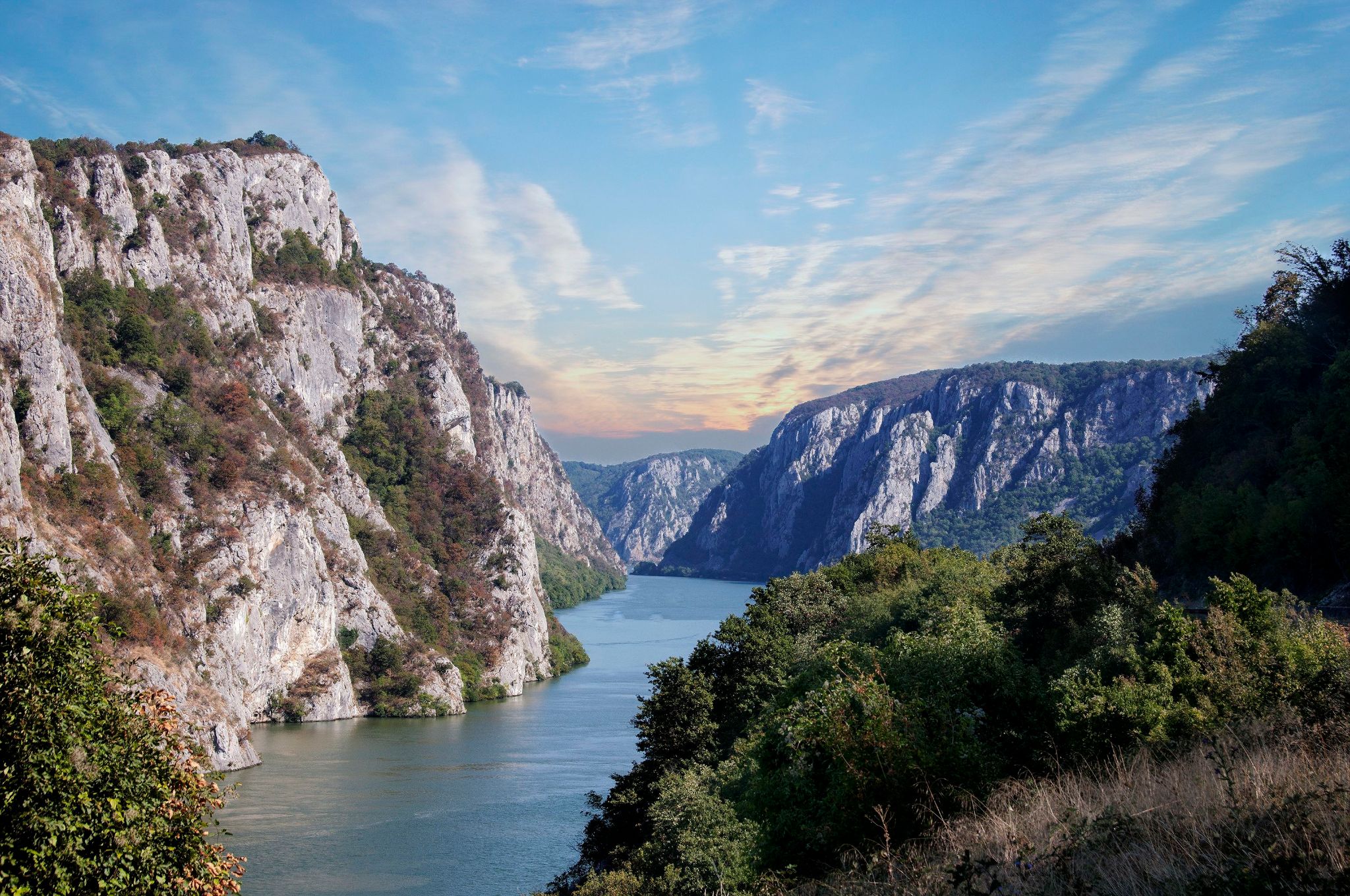
Donji Milanovac is located on the banks of the Danube in eastern Serbia and is surrounded by the scenic landscapes of the Đerdap National Park. This charming town attracts travelers with its peaceful nature, views of the mighty river, and proximity to one of the most impressive parts of the Danube Gorge. Nearby is the archaeological site Lepenski Vir, where traces of an ancient civilization over eight thousand years old were discovered.
The town is perfect for a slow-paced vacation, walks along the river, and getting to know regional traditions. Nature lovers will enjoy opportunities for ecotourism, fishing, and boat rides on the river. In the evening, the sunset paints the hills and river in warm colors. Donji Milanovac is a true gem for those seeking authenticity, harmony with nature, and warm hospitality.
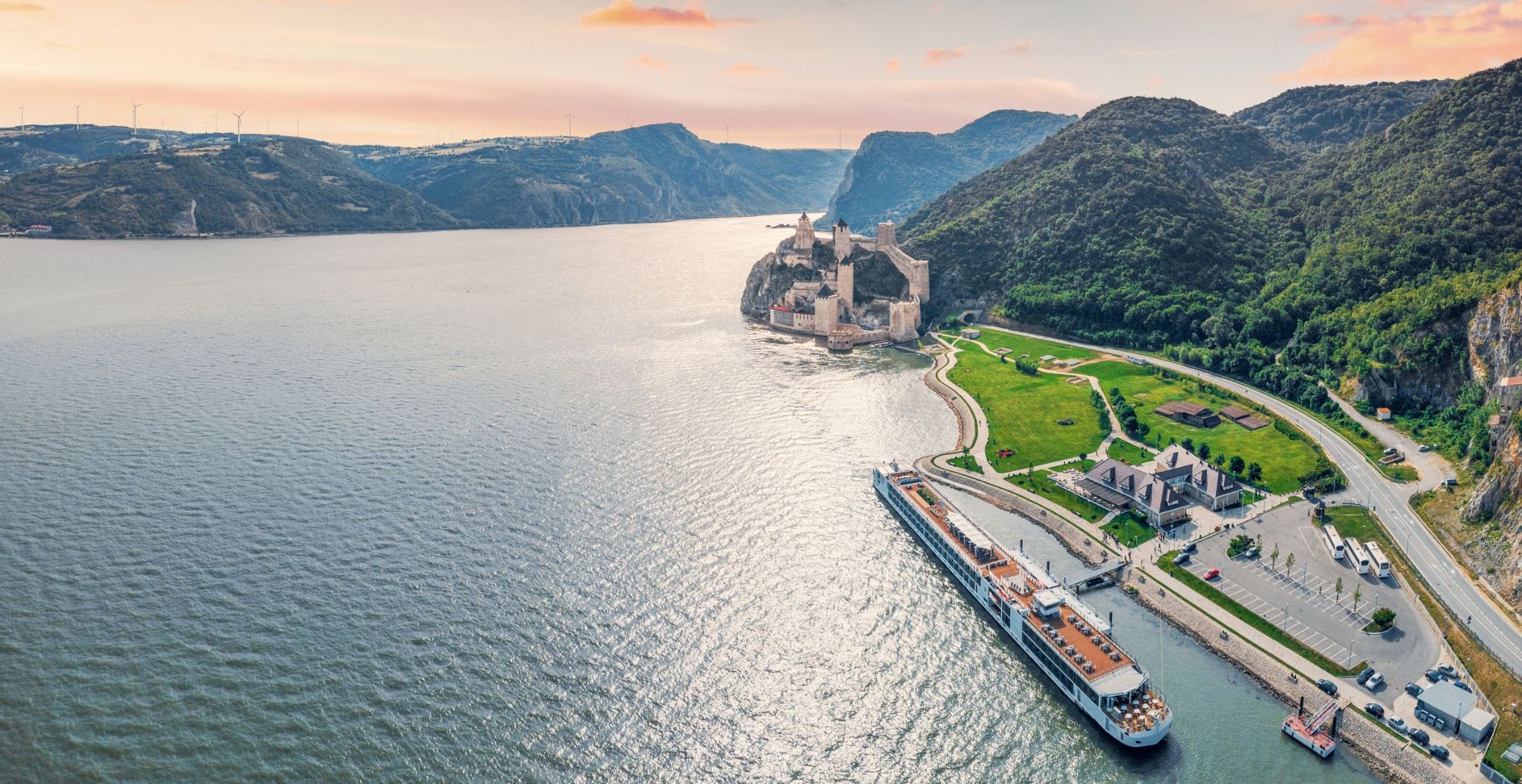
Where the Danube meets the mighty rocks of the Iron Gates, a journey through time begins among medieval fortress walls. The impressive Golubac Fortress — one of the most picturesque in Serbia — stands proudly, carefully restored and open to visitors. This majestic citadel, built in the 14th century, once guarded a key strategic passage and now offers panoramic views of the river and the Romanian mountains across the bank.
Golubac is not only about history, but also nature: it lies within the Đerdap National Park, ideal for walking, birdwatching, or cycling along the river. Cozy cafés, local cuisine, and the warm hospitality of the locals make this spot perfect for a short break or a slow, relaxed stay in the spirit of old Serbia.
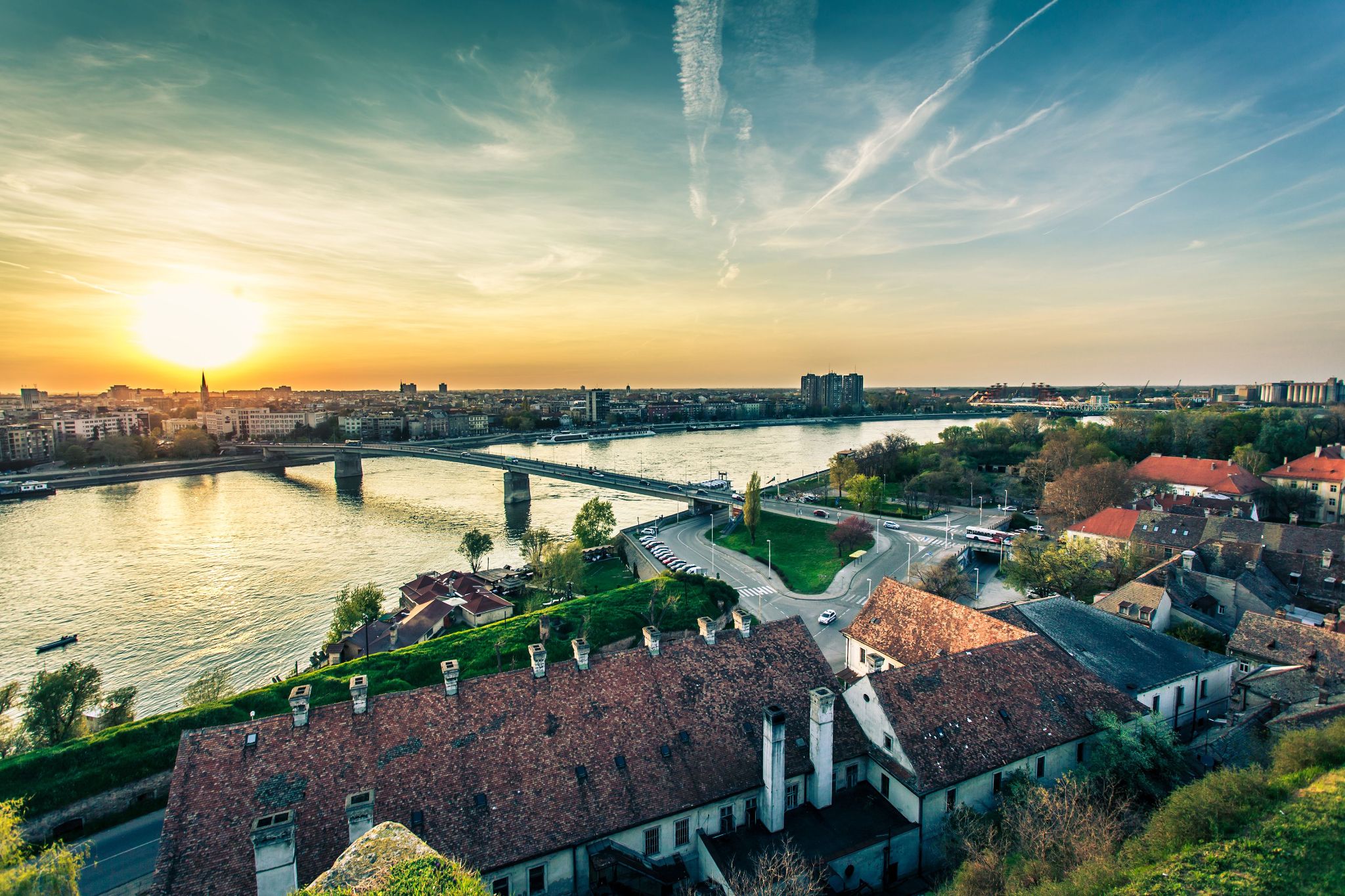
Where the Danube gently curves around ancient fortifications, Novi Sad greets travelers with its charming old streets and a relaxed bohemian atmosphere. This Serbian city, nestled at the foot of Mount Fruška Gora, is renowned for its perfect blend of history, culture, and nature. Novi Sad is not only the cultural capital of the country but also one of Serbia’s greenest cities, featuring cozy parks and panoramic river views.
Particular attention should be paid to the Petrovaradin Fortress—an imposing 18th-century structure often referred to as the "Gibraltar on the Danube." Every year, this fortress hosts the famous EXIT music festival, attracting modern music lovers from all over the world. Strolling through the center of Novi Sad, tourists discover Hungarian, Austrian, and Balkan heritage reflected in the architecture, gastronomy, and the warm hospitality of the locals.
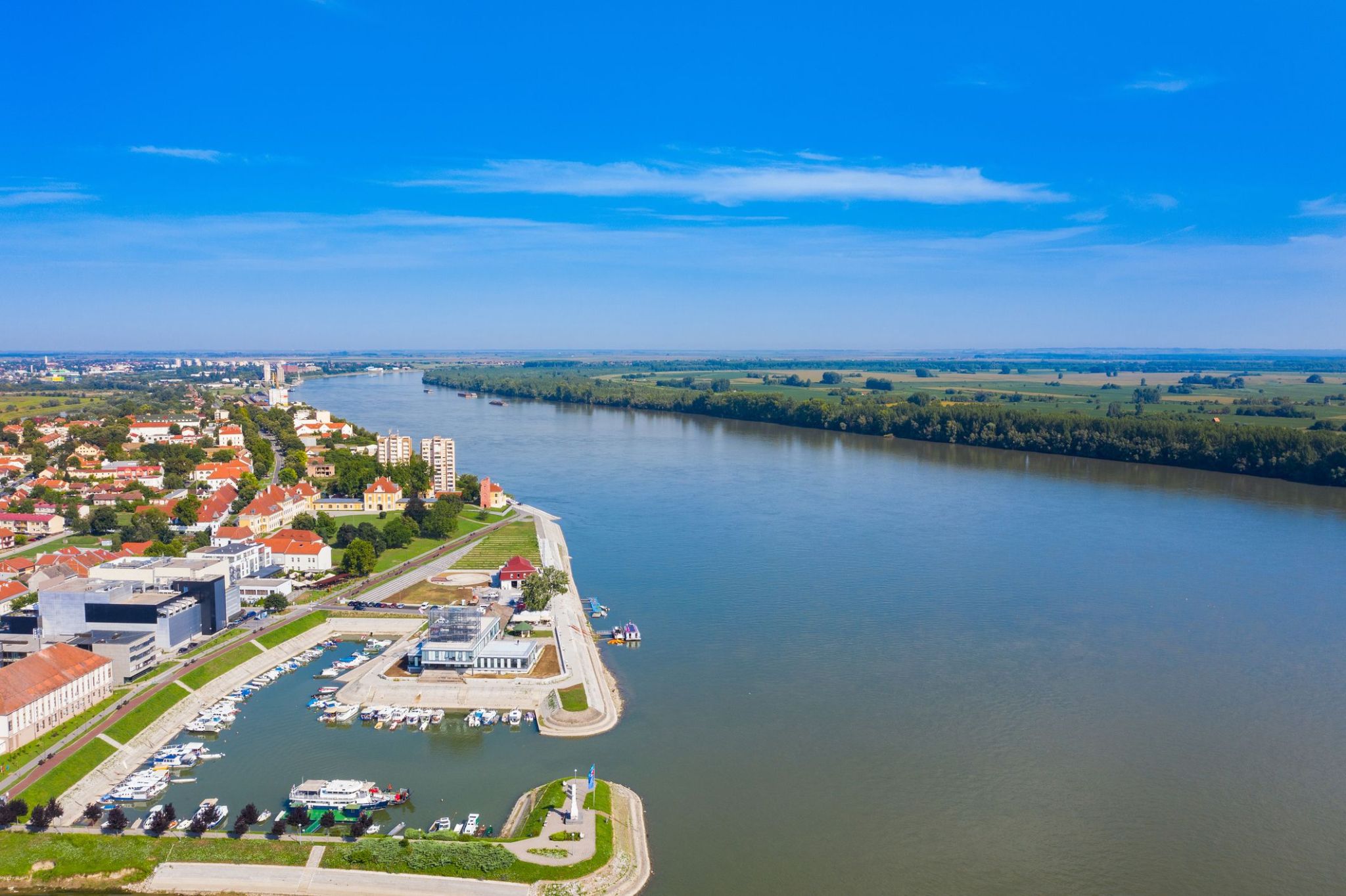
This city, hidden on the banks of the Danube River, offers a unique blend of historical heritage and natural beauty. Vukovar is a place where the spirit of a glorious past merges with the revival brought by peaceful times. The city combines traces of rich history with modern comfort, creating an atmosphere full of contrasts and captivating magic.
Vukovar is known for its stunning architecture and landmarks, such as the Vukovar Fortress and the Church of St. Philip and James. Visitors can explore unique museums, such as the Vukovar Museum, which tells the story of events that became part of the city's historical destiny. Along the river, picturesque promenades stretch, ideal for a leisurely stroll while enjoying nature, and local restaurants offer traditional dishes like čvarci and lamb, which will delight even the most demanding gourmets.
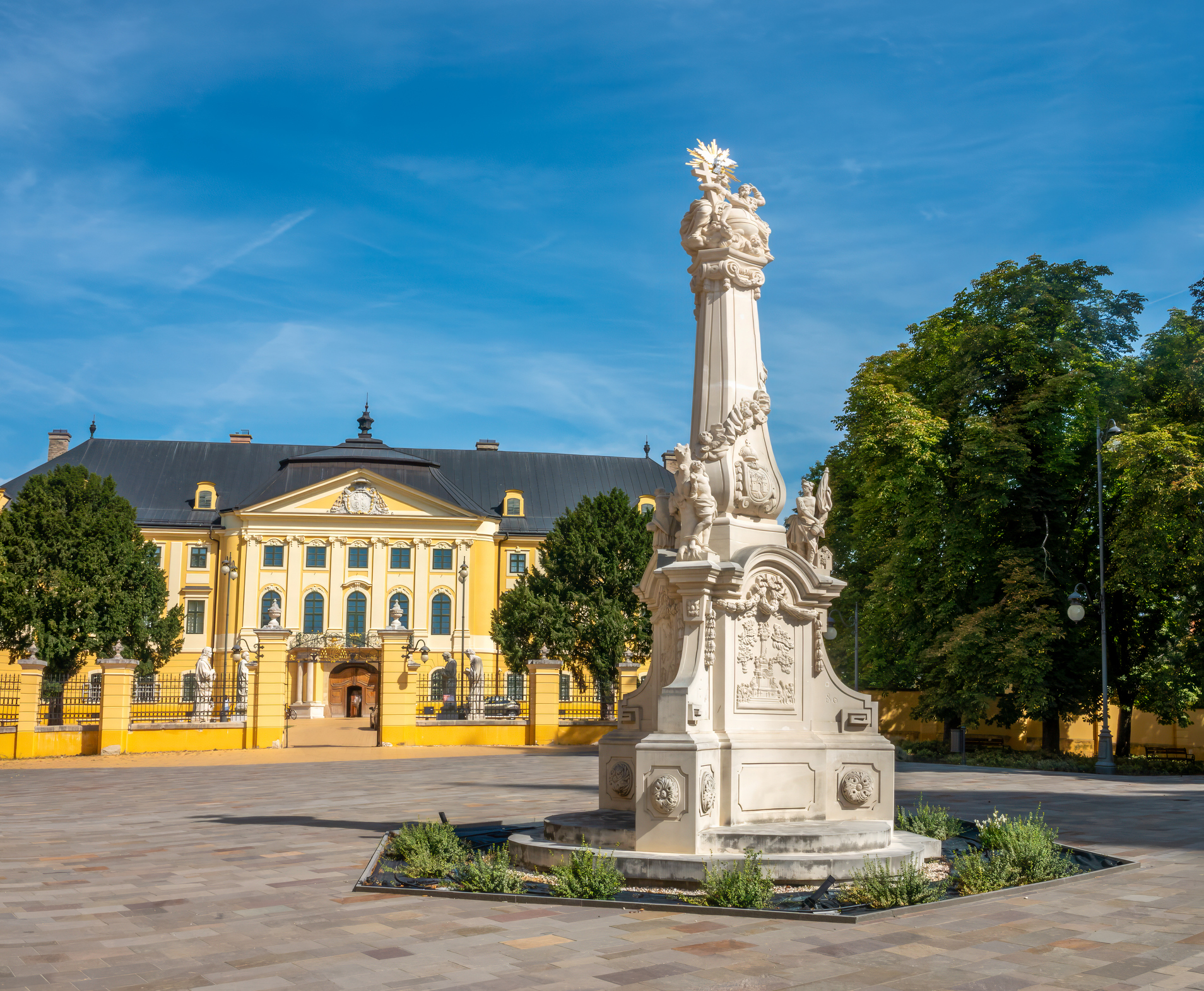
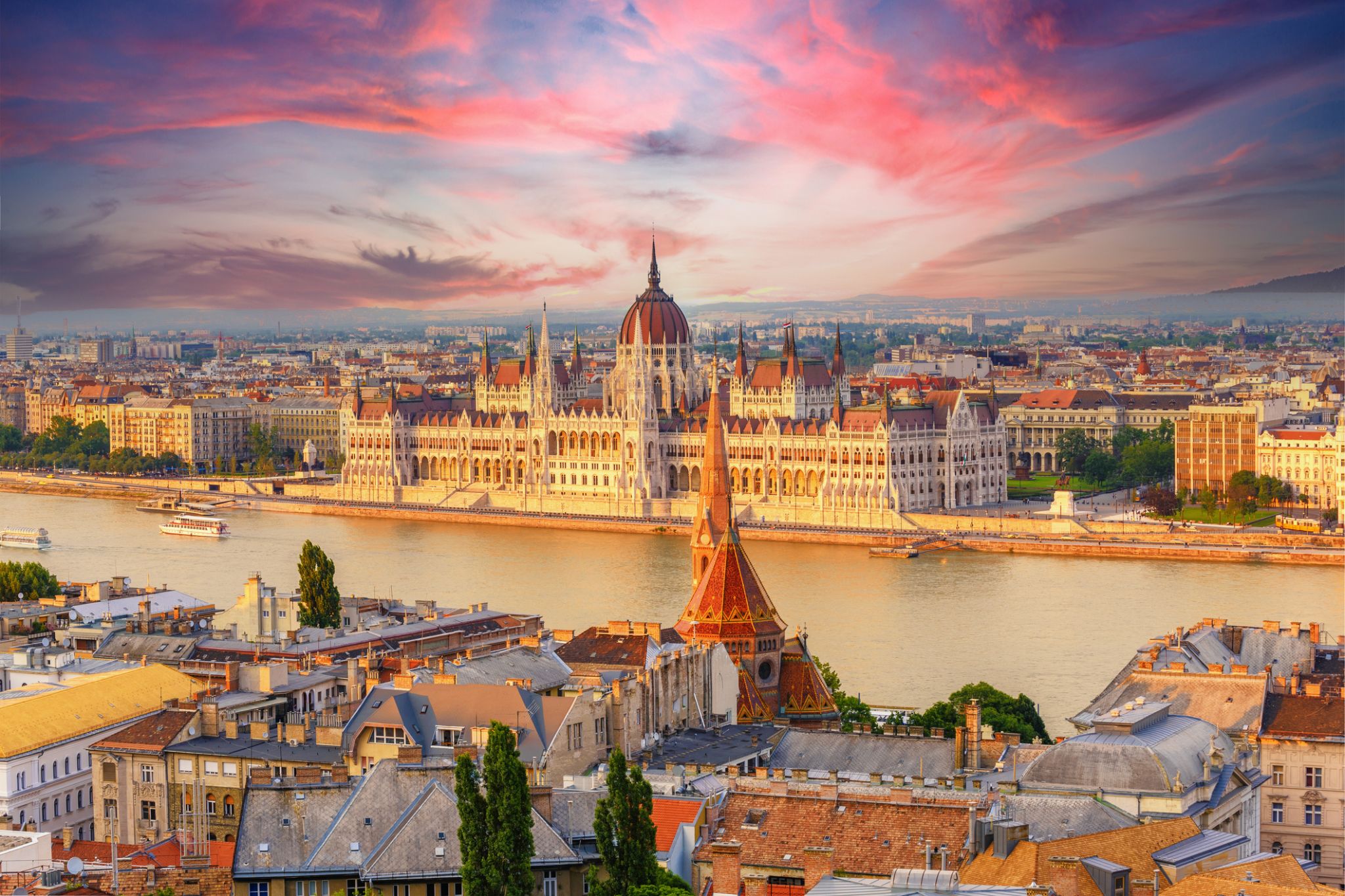
the capital of Hungary, in the northern central part of the country; population 1,712,210 (2009). It was formed in 1873 by the union of the city of Buda on the right bank of the Danube River with the city of Pest on the left.
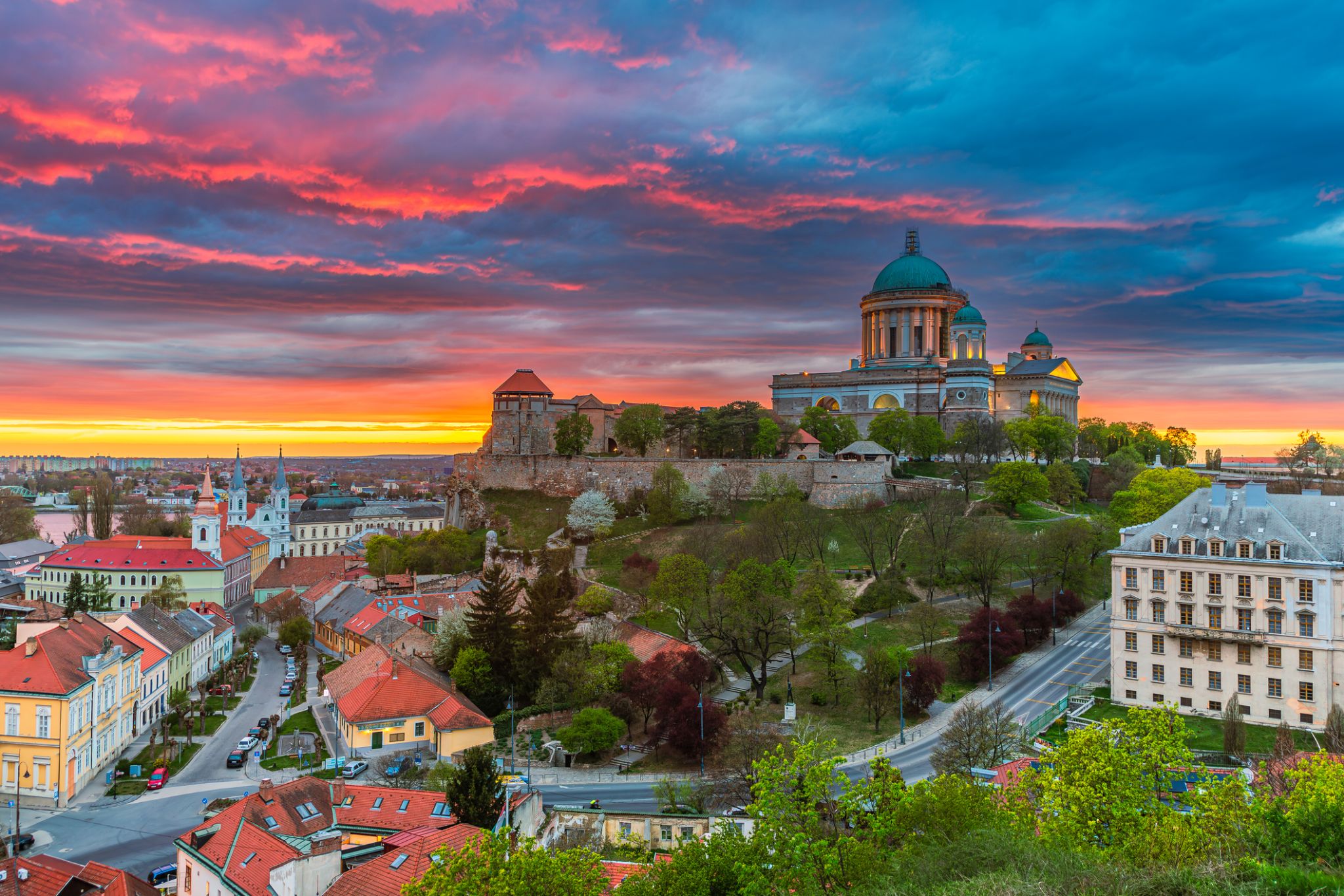
Esztergom is a city in northern Hungary, 46 kilometres (29 miles) northwest of the capital Budapest. It lies in Komárom-Esztergom county, on the right bank of the river Danube, which forms the border with Slovakia there.
Esztergom was the capital of Hungary from the 10th till the mid-13th century when King Béla IV of Hungary moved the royal seat to Buda.
Esztergom is the seat of the prímás (see Primate) of the Roman Catholic Church in Hungary, and the former seat of the Constitutional Court of Hungary. The city has the Keresztény Múzeum, the largest ecclesiastical collection in Hungary. Its cathedral, Esztergom Basilica is the largest church in Hungary.

the capital of Hungary, in the northern central part of the country; population 1,712,210 (2009). It was formed in 1873 by the union of the city of Buda on the right bank of the Danube River with the city of Pest on the left.
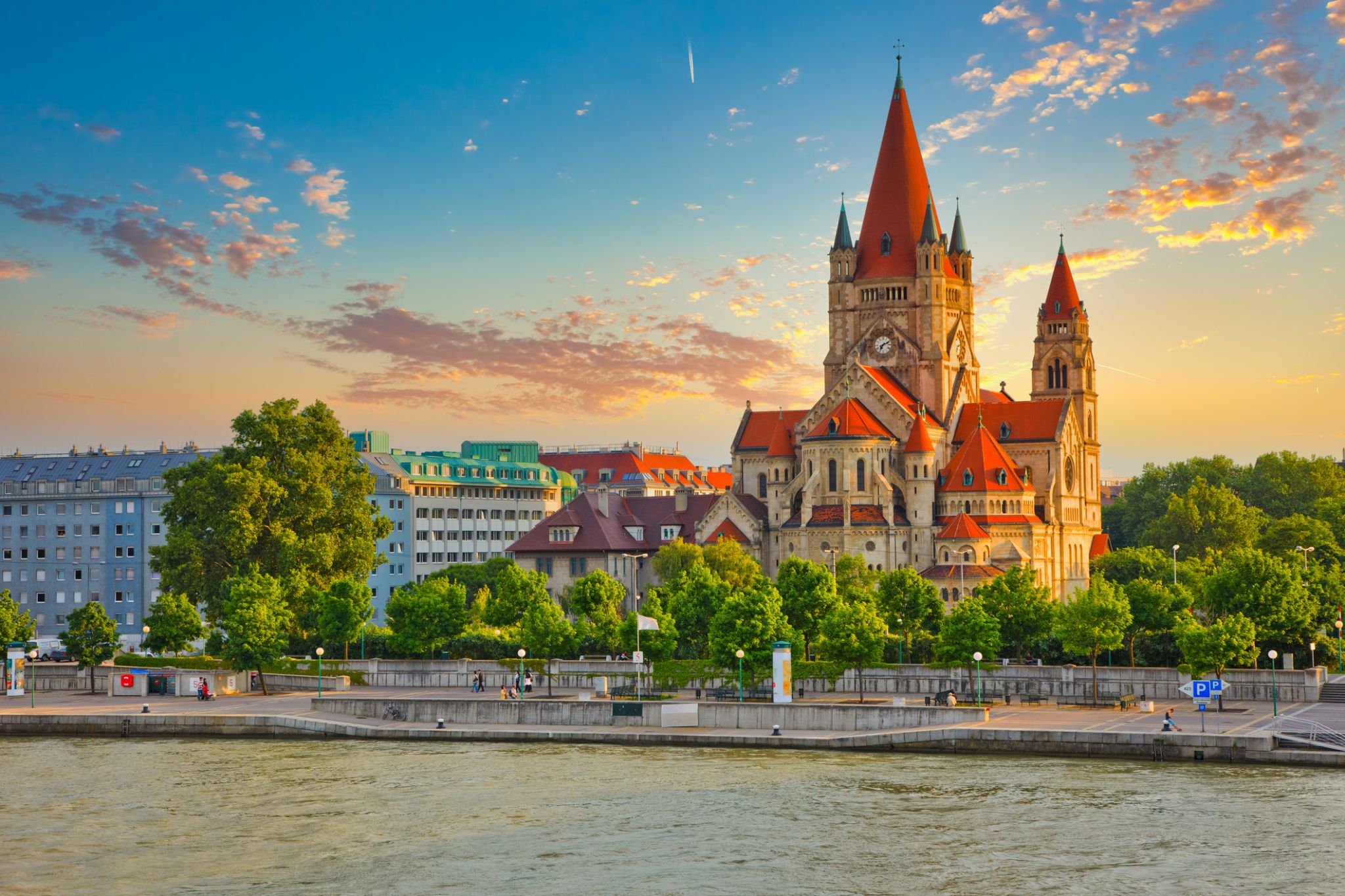
Vienna is the federal capital and largest city of Austria, and one of the nine states of Austria. Vienna is Austria's primate city, with a population of about 1.9 million (2.6 million within the metropolitan area, nearly one third of Austria's population), and its cultural, economic, and political centre. It is the 7th-largest city by population within city limits in the European Union. Until the beginning of the 20th century, it was the largest German-speaking city in the world, and before the splitting of the Austro-Hungarian Empire in World War I, the city had 2 million inhabitants. Today, it has the second largest number of German speakers after Berlin.Vienna is host to many major international organizations, including the United Nations and OPEC. The city is located in the eastern part of Austria and is close to the borders of the Czech Republic, Slovakia, and Hungary. These regions work together in a European Centrope border region. Along with nearby Bratislava, Vienna forms a metropolitan region with 3 million inhabitants. In 2001, the city centre was designated a UNESCO World Heritage Site. In July 2017 it was moved to the list of World Heritage in Danger.
Apart from being regarded as the City of Music[ because of its musical legacy, Vienna is also said to be "The City of Dreams" because it was home to the world's first psychoanalyst – Sigmund Freud. The city's roots lie in early Celticand Roman settlements that transformed into a Medieval and Baroque city, and then the capital of the Austro-Hungarian Empire. It is well known for having played an essential role as a leading European music centre, from the great age of Viennese Classicism through the early part of the 20th century. The historic centre of Vienna is rich in architectural ensembles, including Baroque castles and gardens, and the late-19th-century Ringstraße lined with grand buildings, monuments and parks.
Vienna is known for its high quality of life. In a 2005 study of 127 world cities, the Economist Intelligence Unit ranked the city first (in a tie with Vancouver and San Francisco) for the world's most liveable cities. Between 2011 and 2015, Vienna was ranked second, behind Melbourne. In 2018, it replaced Melbourne as the number one spot. For eight consecutive years (2009–2016), the human-resource-consulting firm Mercer ranked Vienna first in its annual "Quality of Living" survey of hundreds of cities around the world, a title the city still held in 2016. Monocle's 2015 "Quality of Life Survey" ranked Vienna second on a list of the top 25 cities in the world "to make a base within."
The UN-Habitat classified Vienna as the most prosperous city in the world in 2012/2013. The city was ranked 1st globally for its culture of innovation in 2007 and 2008, and sixth globally (out of 256 cities) in the 2014 Innovation Cities Index, which analyzed 162 indicators in covering three areas: culture, infrastructure, and markets. Vienna regularly hosts urban planning conferences and is often used as a case study by urban planners.
Between 2005 and 2010, Vienna was the world's number-one destination for international congresses and conventions. It attracts over 6.8 million tourists a year.
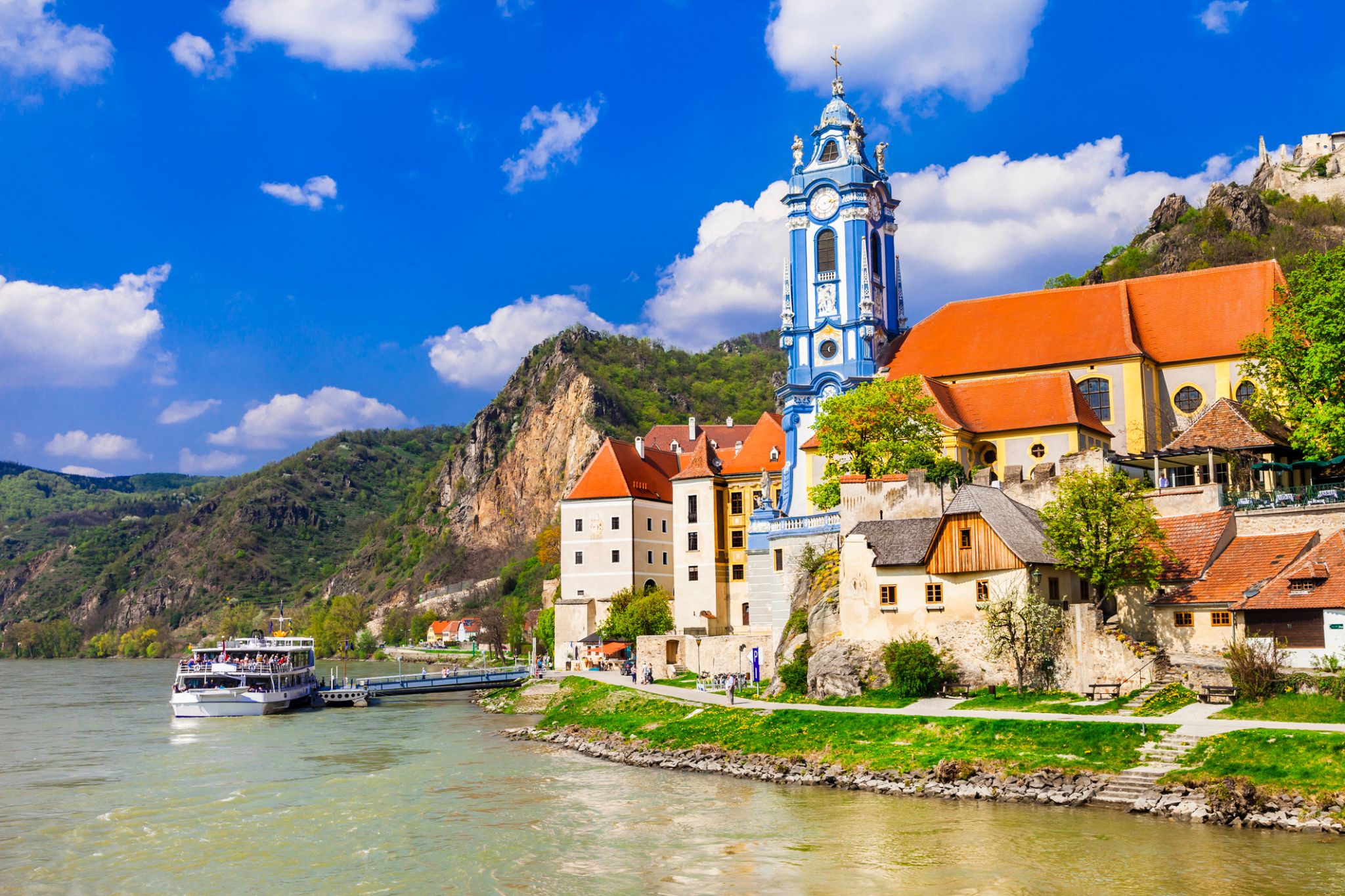
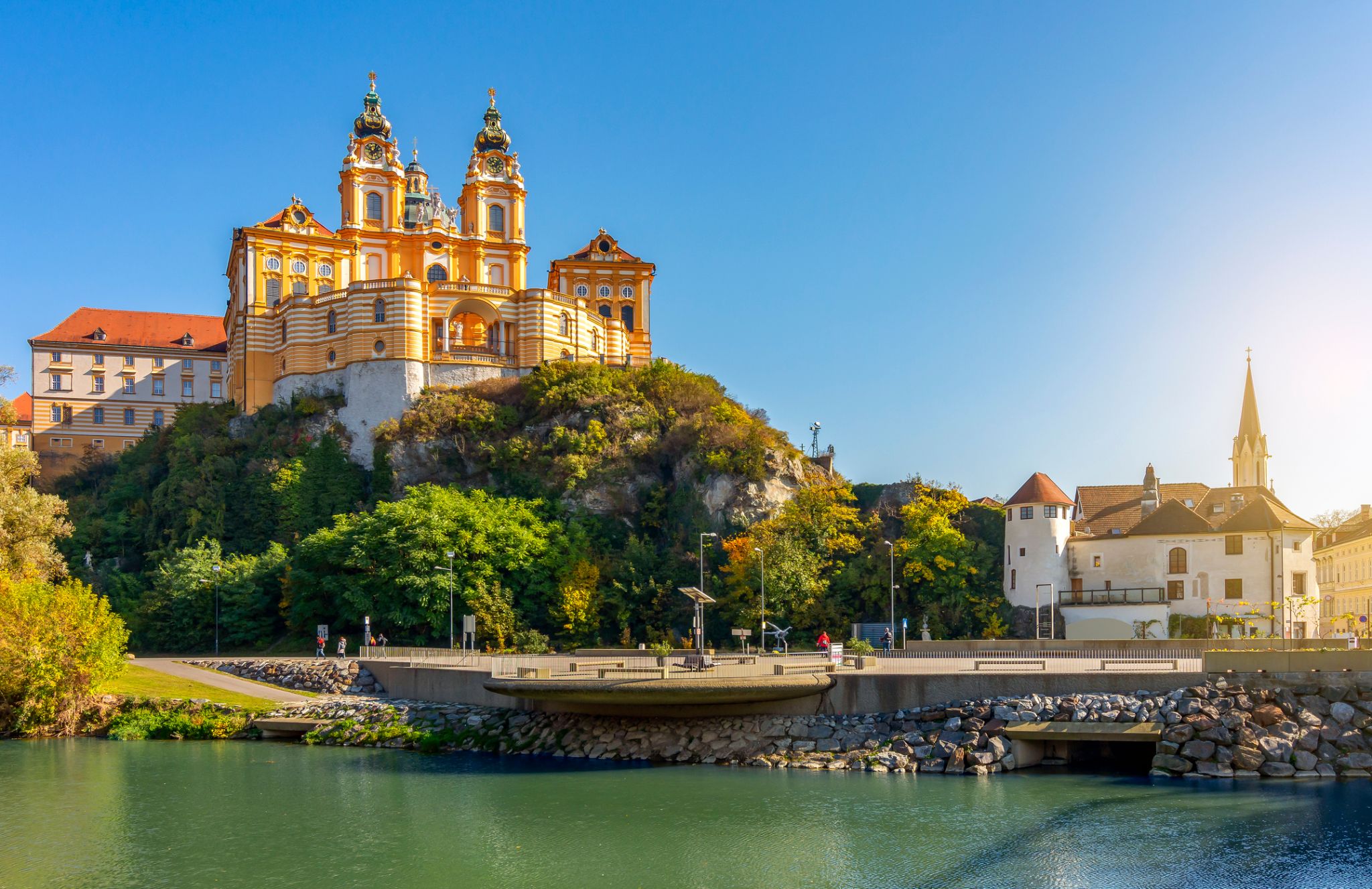
Melk is a city of Austria, in the federal state of Lower Austria, next to the Wachau valley along the Danube. Melk has a population of 5,257 (as of 2012). It is best known as the site of a massive baroque Benedictine monastery named Melk Abbey.
The town is first mentioned as Medilica in 831 in a donation of Louis the German; the name is from a Slavic word for 'border.' The area around Melk was given to Leopold I, Margrave of Austria, in the year 976 to serve as a buffer between the Magyars to east and Bavaria to the west. In 996 mention was first made of an area known as Ostarrîchi, which is the origin of the word Österreich (German for Austria). The bluff which holds the current monastery held a Babenberger castle until the site was given to Benedictine monks from nearby Lambach by Leopold II, in 1089. Melk received market rights in 1227 and became a municipality in 1898. In a very small area, Melk presents a great deal of architectural variety from many centuries.
